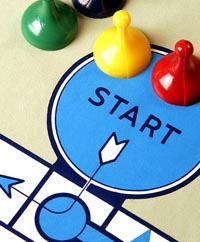
Blog 10 Reflection pt.1
Since I met “literacy” in 2011, I know that I am confused about it till now. As a non-native speaker, definitions from dictionary, online sources and all the books I have read so far don’t help a lot as I expected. Reading and talking about literacy in this class help me get rid of the dense fog and I feel I have images about literacy in my mind with reasons.
Depending on how people define literacy, the coverage of literacy can be different. From my understanding, literacy can be anything and the social meaning of literacy is so important that we cannot isolate its social feature. Basically, literacy is the ability of reading and writing. However, considering the social context and function, there are more things included in literacy rather than school literacy. Reading a map, composing the blur for advertisement, reading a sign for driver test, composing a song, reading the instruction how to fill a form, composing a survey… All of these are literacy. From our real life literacy practice, there is no standard for literacy studies and there is no such a rule saying you have to master the rules before you can break the rules. Actually, literacy is moving, developing alive and accumulating.
As Brandt stated, “we must visualize these effects (of accumulating literacy) as developing in two directions—vertically (a pilling up) and horizontally (a spreading out)” (651-652). Pilling up and spreading out explains the interrelation of literacy and other factors such as history, culture, technology, value and people’ believes and so on. Thinking about literacy from a social viewpoint means to think about literacy in a set of relationships. So, from the leaners’ perspective, what they can touch to connect with literacy is a sponsor.
About sponsorship, the book “Words at Work and Play” that I picked for book club tells good stories of sponsors around us. People, activities, materials, communications, culture, etc. are possible sponsors. I like most about this book is the part about play. The differences of play between generations, like games, technology, tools, rules, materials, lead to different academic performance and collaboration of these two generations. In this sense, literacy starts far earlier than school. As a teacher, maybe we should change our thinking about literacy and the curriculum designed for students.
To summarize my learning about literacy, there are a few keywords: social, culture capital, sponsor, accumulating and transformation.

 Website:
Website: